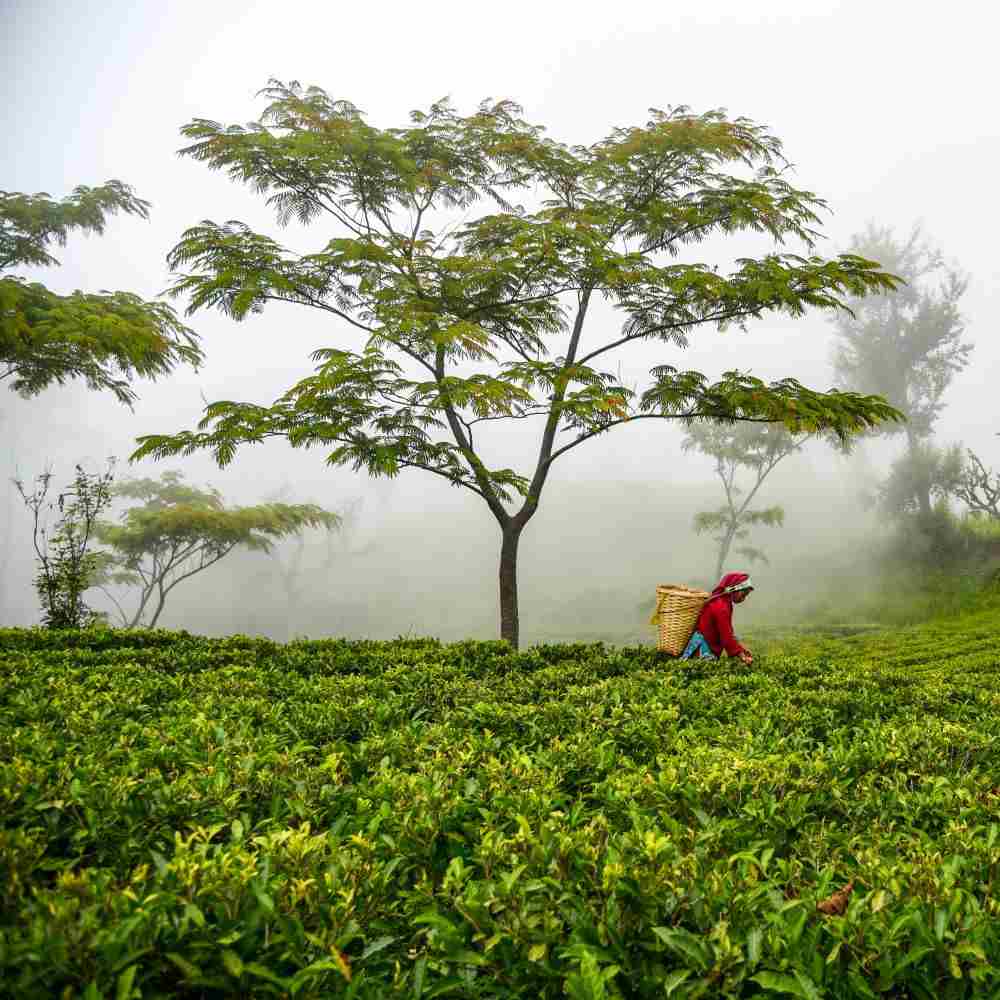







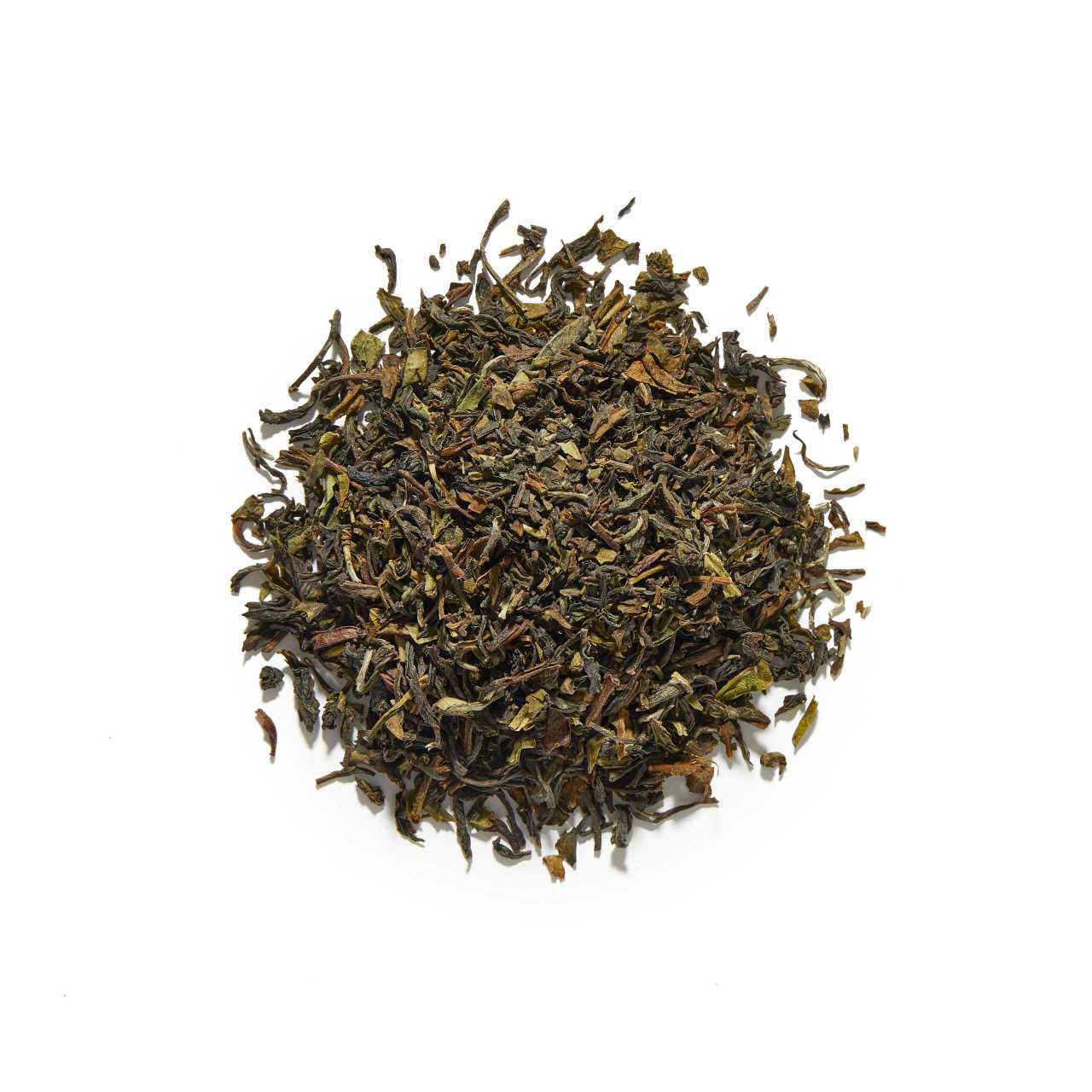



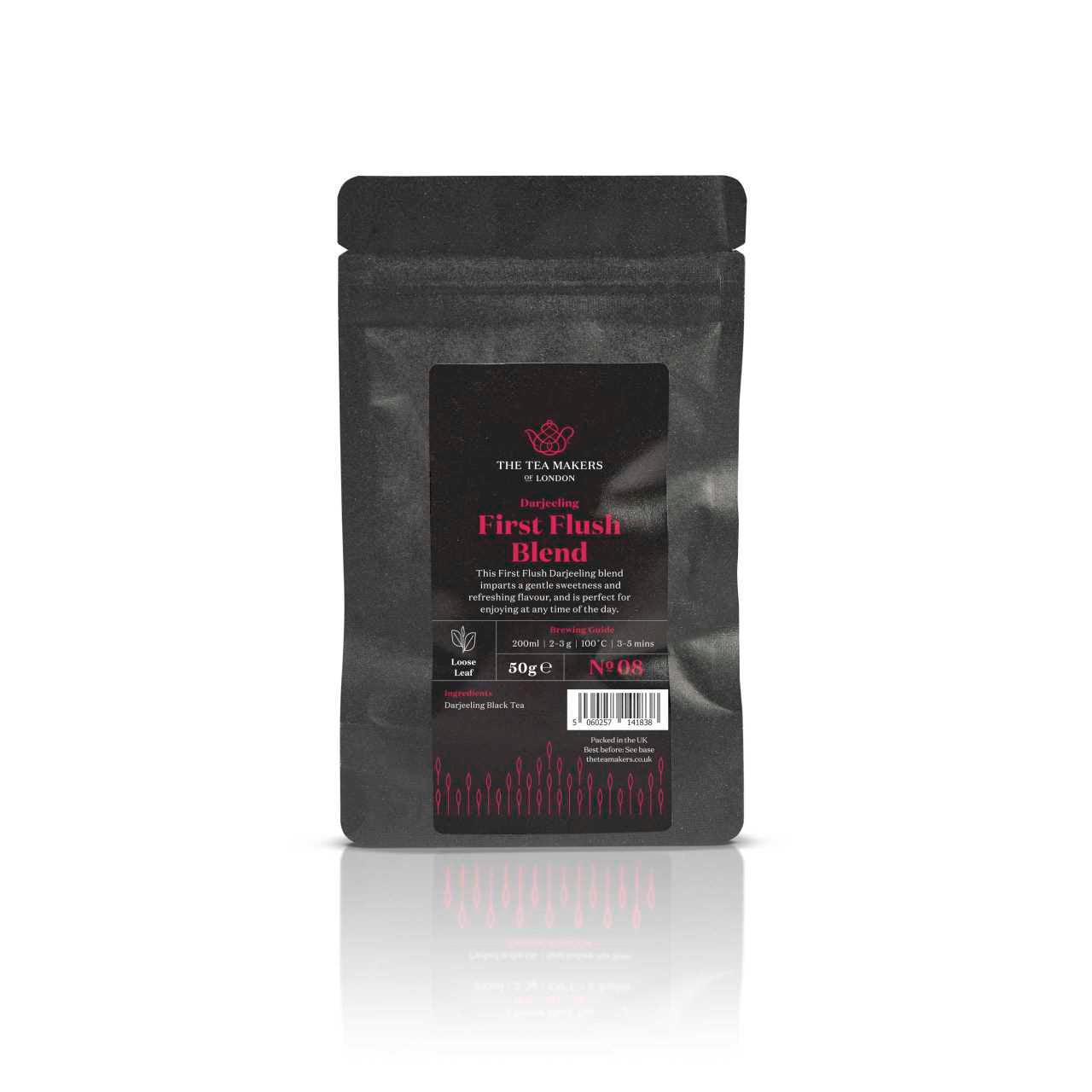

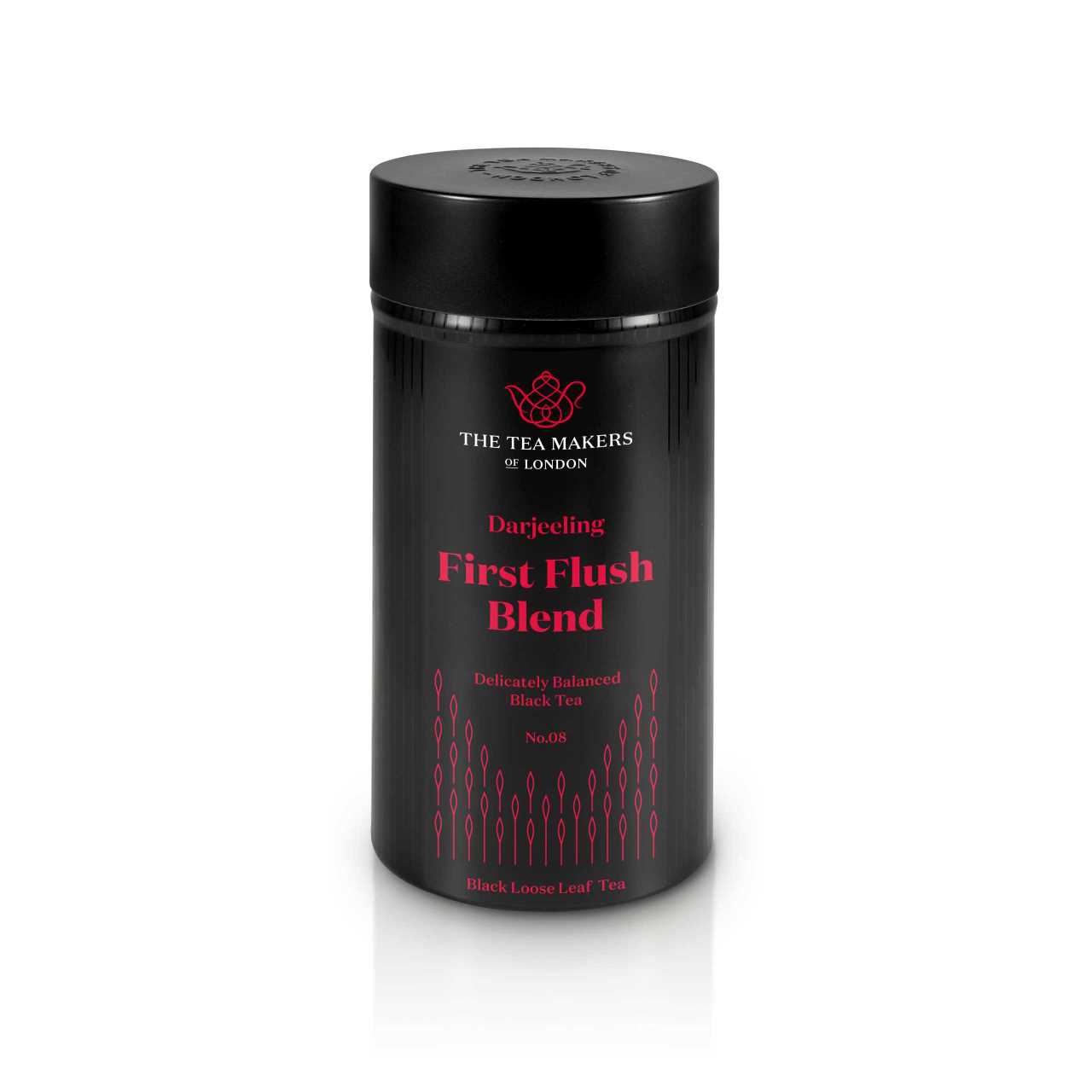



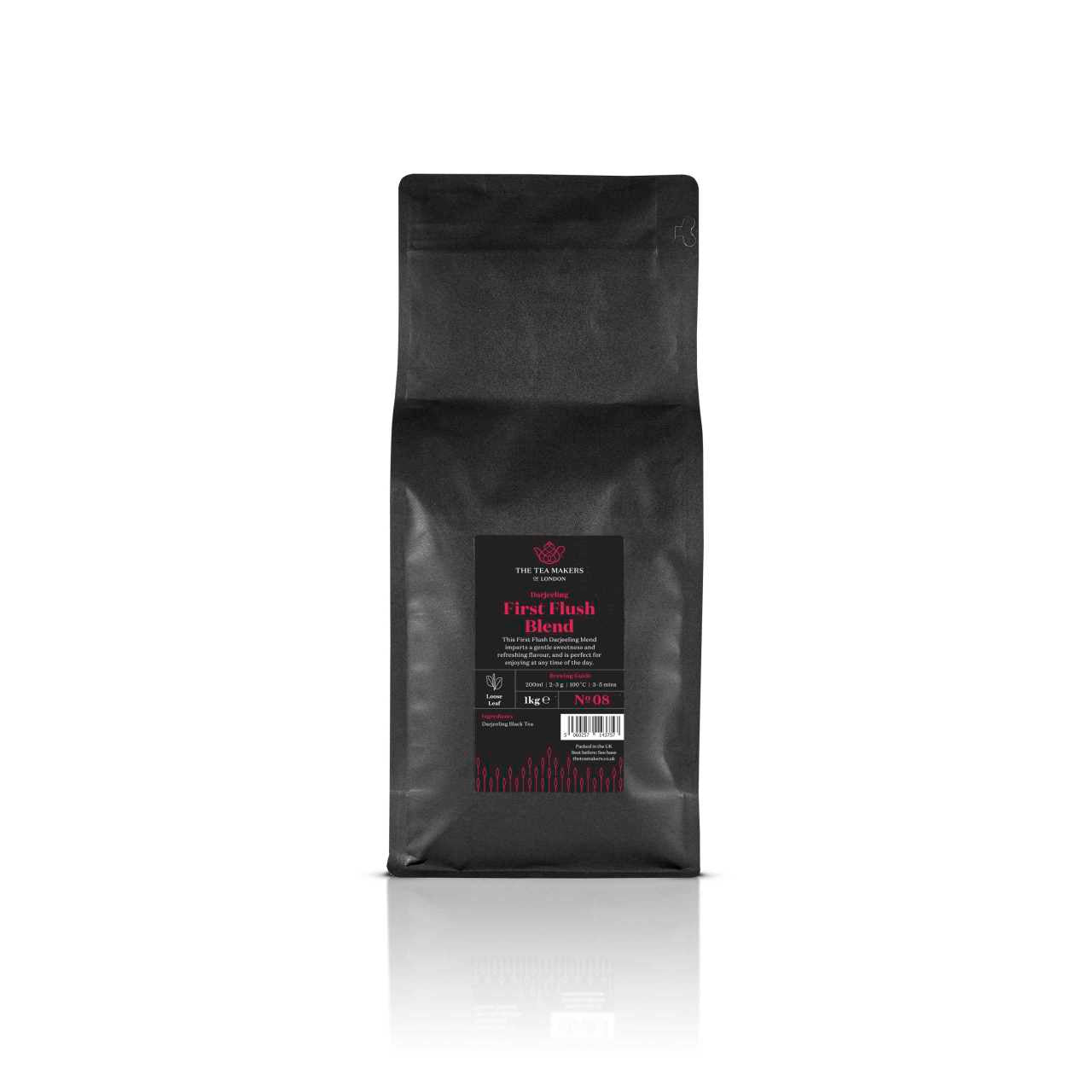

Darjeeling House Blend - First Flush losse bladthee
This award-winning, first-flush loose-leaf Darjeeling boasts a delightful light amber colour and refreshing muscatel flavour that can be enjoyed any time of day.
Choose options
This award-winning, first-flush loose-leaf Darjeeling boasts a delightful light amber colour and refreshing muscatel flavour that can be enjoyed any time of day.
This award-winning, first-flush loose-leaf Darjeeling boasts a delightful light amber colour and refreshing muscatel flavour that can be enjoyed any time of day.
Deze bekroonde, first-flush losbladige Darjeeling heeft een heerlijke licht amberkleur en een verfrissende muskaatsmaak waar je op elk moment van de dag van kunt genieten.
This tea offers an elegant floral aroma and an amber infusion. A delicately muscatel cup and notes of orange blossoms with refreshingly light mouthfeel.
Pure Indian black tea
